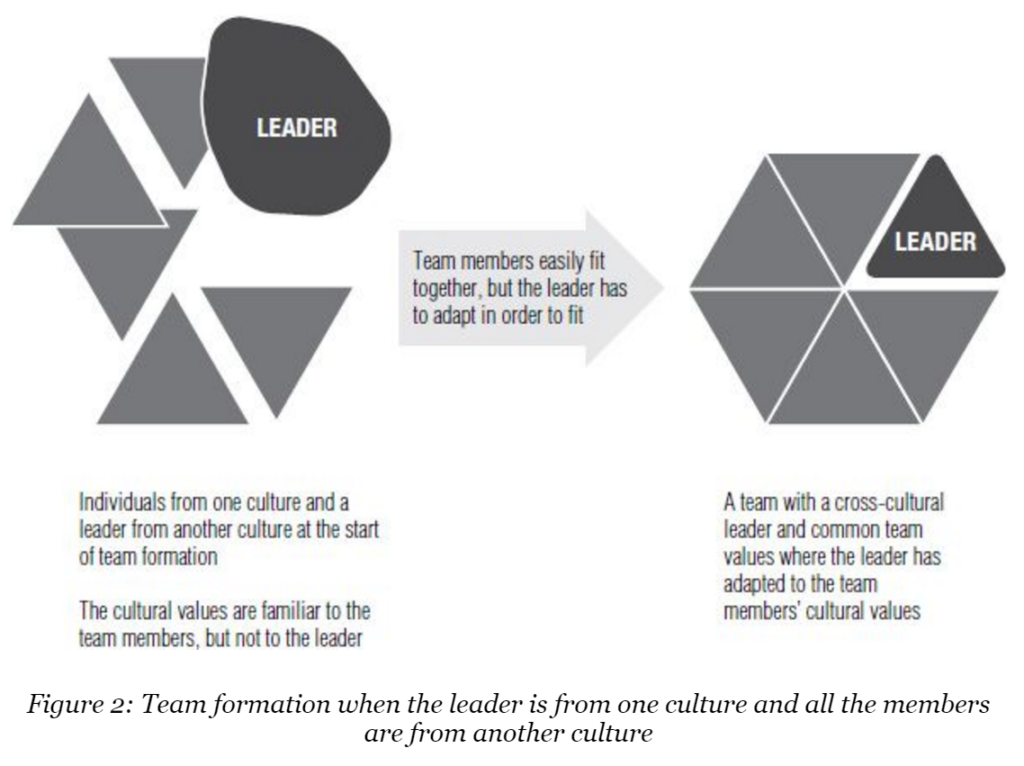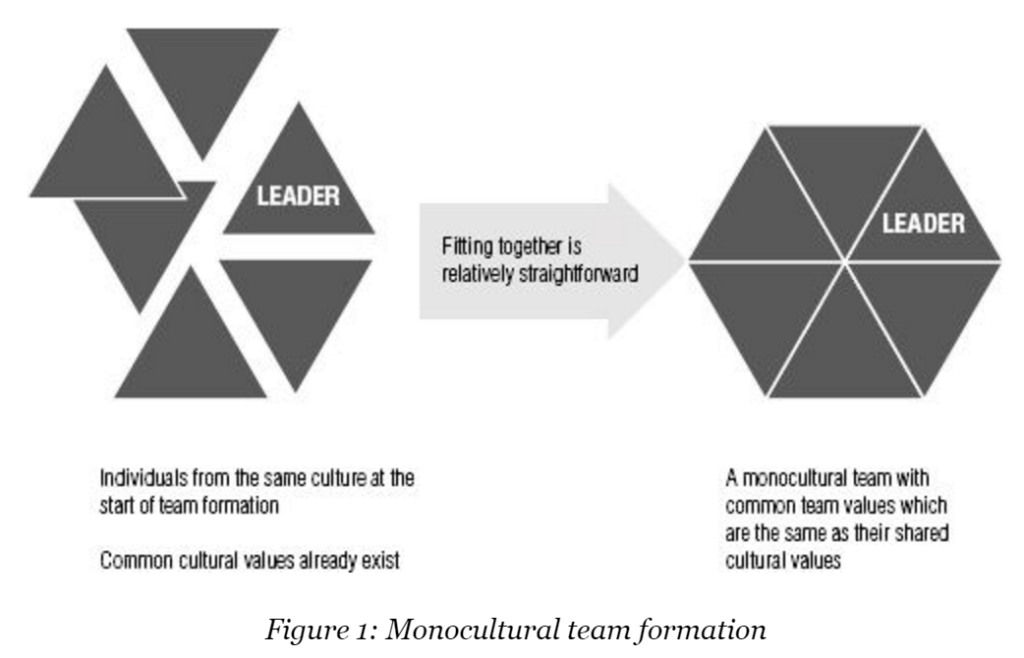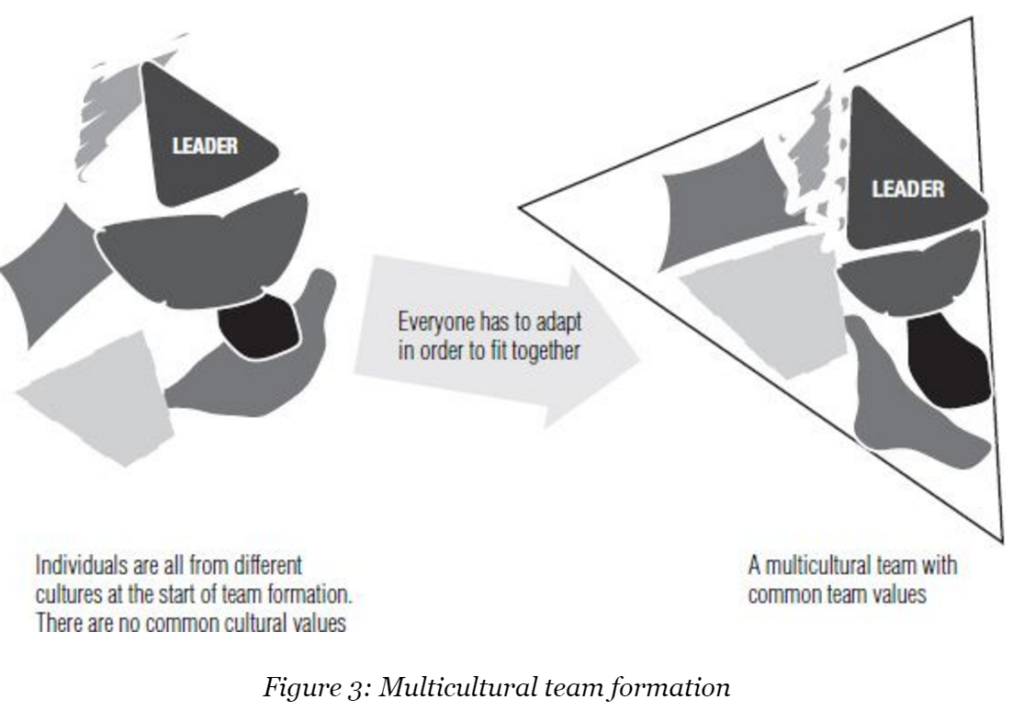“Evelyn and Richard Hibbert worked in multicultural teams in the Middle East, Europe, and Australia and have been involved in coaching, training, and counseling members of multicultural teams working across the globe for more than a decade,” states the back cover of Leading Multicultural Teams (E. Hibbert & Hibbert, 2014). Many others might have similar team experiences, but very few thoughts, studied, and taught as much as this author couple. At just over 200 pages, the ten chapters cover a multitude of topics and issues related to leading culturally diverse teams. “High-performing multicultural teams are very rare,” state Hibbert & Hibbert, and with this book they hope “to help leaders and organizations help their teams become highly effective” (2014, p. vii). The book is written for Christian leaders and workers from a Christian worldview, though anyone can benefit from the expertise and resources presented throughout the book.
This being one of my favorite topics to study and present, I thoroughly enjoyed going into greater depth of the complexities of leading multicultural teams. The authors built upon a few of the dynamics of Hofstede’s cultural dimensions, as most textbooks would, but went beyond this to discuss personalities, roles, and gifts as well. They presented the stages of teamwork, i.e. forming, storming, norming, and performing (E. Hibbert & Hibbert, 2014, p. 10), yet left out the important stage of adjourning – as most textbooks do (Lipnack & Stamps, 2000, p. 126). Considering the high turn-over of ministry teams, it would have been good to teach team leaders in doing transitions well.
Very helpful were the simple graphs that depict the differences between monocultural and multicultural teams. The first scenario might reflect a team in your home country or a national church team. The second scenario is typical for mission agencies and NGOs on the field in which the team leader alone is from another culture. I would argue, however, that the nationals have a fair bit of adjusting to do as well (see Figures 1-3). From personal observation I have seen that the team becomes more foreign than the foreigner becomes national in culture. The third scenario is fairly accurate in that everyone has to adjust. “The leader’s role is to facilitate the processes of mutual negotiation and compromise at the same time as building a strong and healthy team community that is able to manage its conflicts well,” state Hibbert & Hibbert (2014, p. 17). This is far more time consuming than leading a monocultural team.



One concept the authors introduced that I found helpful in framing crosscultural understanding is “the acronym EDG (for English/Dutch/German-speaking background),” in reference to the “people from British, German, and Dutch heritage, including their descendants in the USA, Canada, New Zealand, and Australia” (E. Hibbert & Hibbert, 2014, p. 21). It is easier to use EDG and non-EDG than to use First World and Third World or a variety of other terminology that can be perceived as derogatory or exclusive. “Most books on teamwork and leadership written in English reflect English/Dutch/German-speaking background (EDG) cultural values,” remind Hibbert & Hibbert (2014, p. 21). It is all too easy for EDG team leaders to think their understanding and knowledge of teamwork and leadership is universal, which it is not.
The book has far too much content and too many concepts to share in this brief review. However, I intent to update my own Multicultural Teamwork seminar with the new information, charts, and concepts that I have learned from Hibbert & Hibbert. In a personal email correspondence with Richard Hibbert (2016), I learned that he does not have a PowerPoint or a PDF version of the book or the graphs, so I intent to create the color versions myself (the black & white versions I captured from the Amazon book preview online).
By Jacob Bloemberg
Hibbert, E., & Hibbert, R. (2014). Leading multicultural teams. Pasadena: William Carey Library.
Hibbert, R. (2016, 2 September). [Making Contact].
Lipnack, J., & Stamps, J. (2000). Virtual teams : people working across boundaries with technology (2nd ed.). New York: Wiley.




